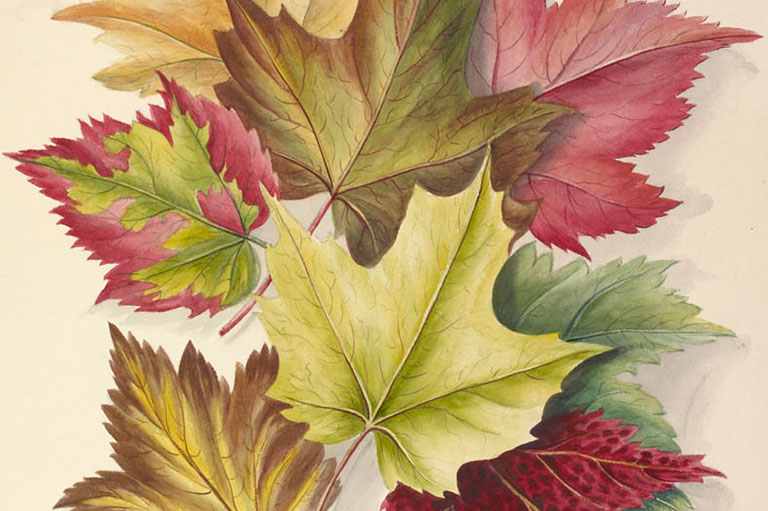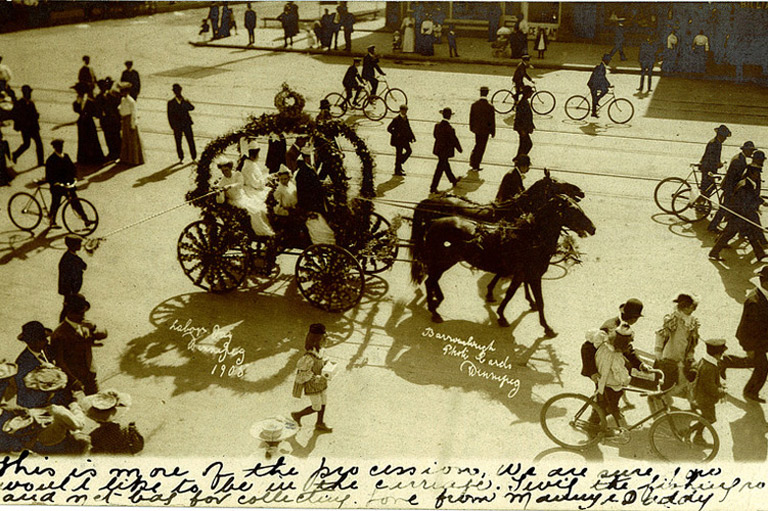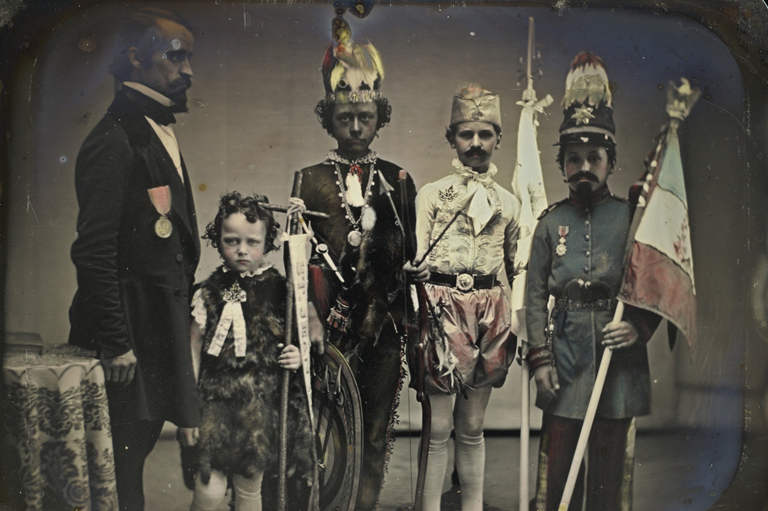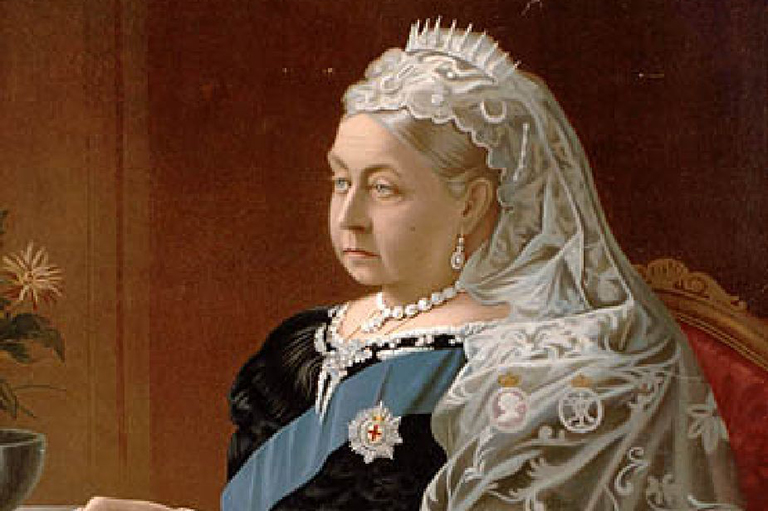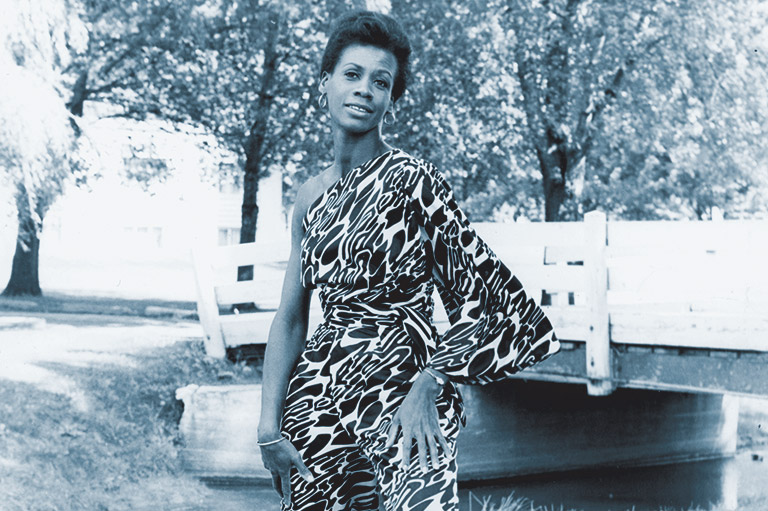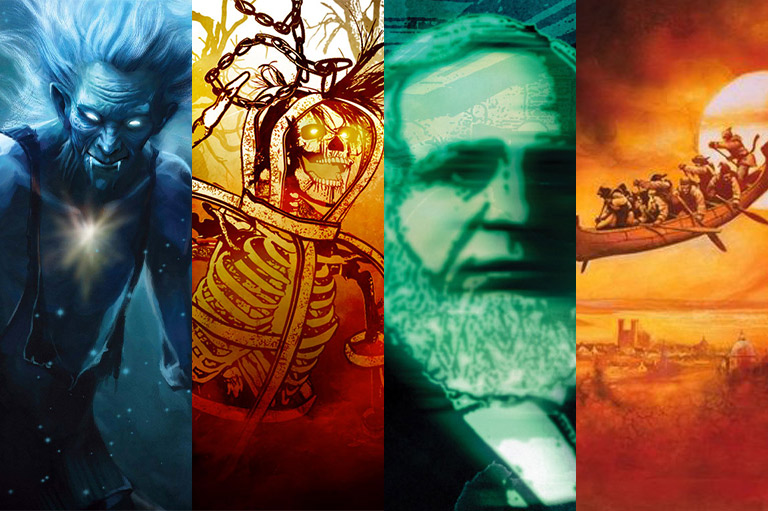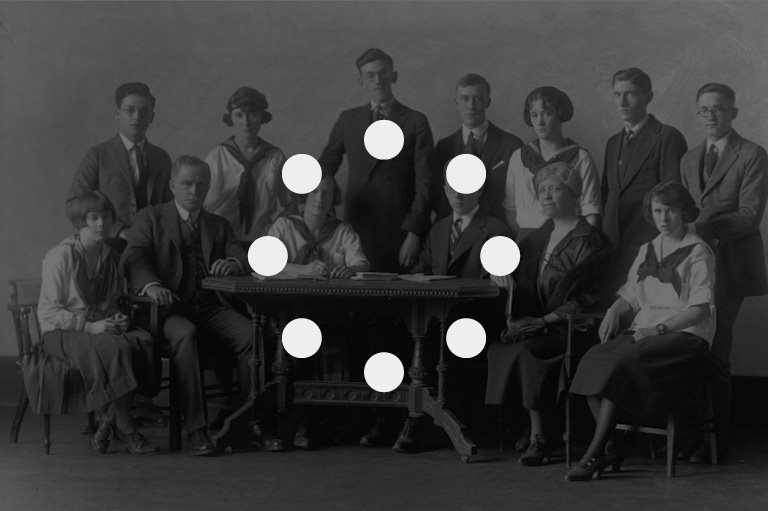History of the New Year
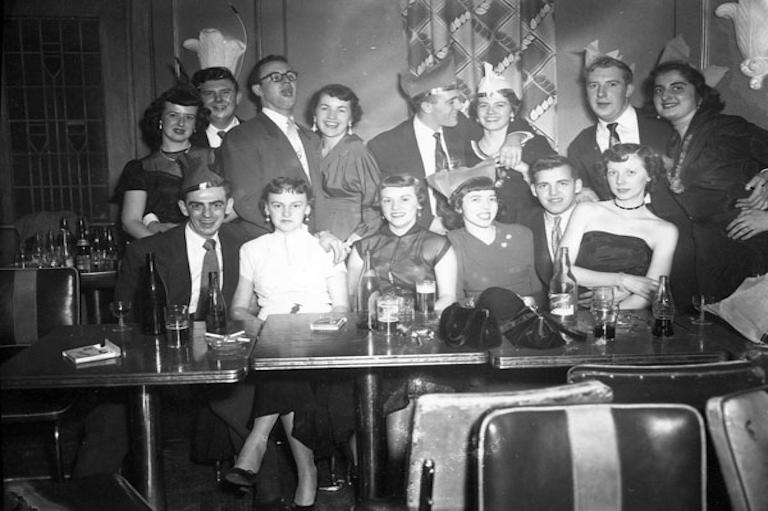
Celebrating the new year has been a tradition for thousands of years. The Babylonians used to celebrate the first new moon following the equinox by throwing a festival called Akitu, which had a daily ritual on each of its 11 days. Akitu celebrated both the new year and the mythical victory of the Babylonian sky god, Marduk, over the evil sea goddess, Tiamat.
The early Roman calendar was 10 months and 304 days, and the new year began at the equinox, which was January 1. Over the centuries, the equinox stopped occurring on January 1 and in 46 B.C., Julius Caesar, along with astronomers and mathematicians, introduced the Julian calendar. Caesar’s calendar honoured Janus, the Roman god of beginnings who could see into the past and future. Romans celebrated the day by offering sacrifices to the god, and exchanging gifts and decorating their homes. That calendar followed the sun instead of the moon and divided years into 365 ¼ day. Caesar’s calendar was problematic because it added 11 extra minutes to each year and had too many leap years. After following this calendar for long enough, Easter would eventually take place in winter.
With 7 uniquely curated newsletters to choose from, we have something for everyone.
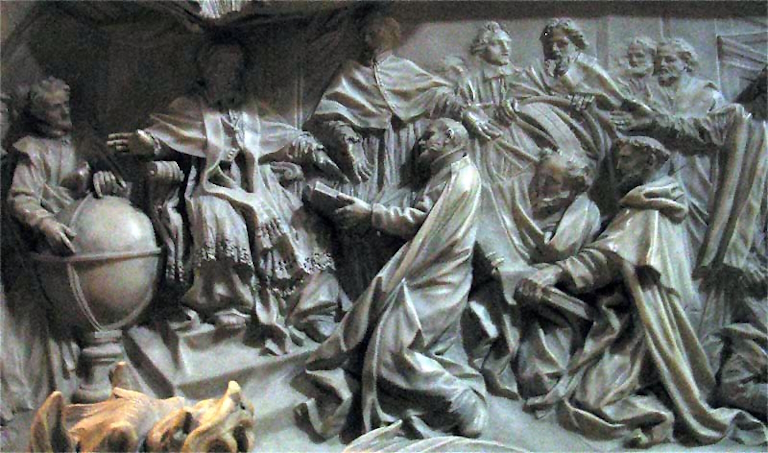
In 1582, Pope Gregory XIII allegedly introduced the Gregorian calendar so that Easter would stop moving further away from March each year. He took out 10 days from October by putting October 15 the day after October 4, which made March 21 the spring equinox. This new calendar kept leap years every four years, except in centennial years not evenly divisible by 400. Similar to Caesar’s calendar, January 1 marked the new year. Today, Canada uses the Gregorian calendar under the terms of the British Act of 1750, which declares that the new year begins on January 1.
Like the Babylonians, many other civilizations marked a new year at agricultural or astronomical events. For example, in Egypt, the year began with the annual flooding of the Nile, which occurred simultaneously with the rising of the star Sirius. Also, the first day of the Chinese New Year occurs the first day of the Chinese lunar calendar.
Save as much as 40% off the cover price! 4 issues per year as low as $29.95. Available in print and digital. Tariff-exempt!
The Chinese calendar was set according to lunar phases, solar solstices and equinoxes. The calendar was made up of 12 zodiac animals along the path of the sun through the cosmos.
It’s believed that the Chinese New Year may have begun as early as the 14th century B.C. to honour deities and ancestors. During this time the structure of the calendar often changed depending on which emperor was in power and the calendar varied according to region.
In 1912, people in China began using the Gregorian calendar, which was introduced by Jesuit missionaries in 1582, and January 1 officially became New Year’s Day. In the late 1940s, Chinese Communist Party leader Mao Zedong banned the celebration of the traditional Chinese New Year and followed the Gregorian calendar. The Chinese tradition eventually became more accepted and in 1996, China once again adapted the holiday, which is now called Spring Festival.
Advertisement
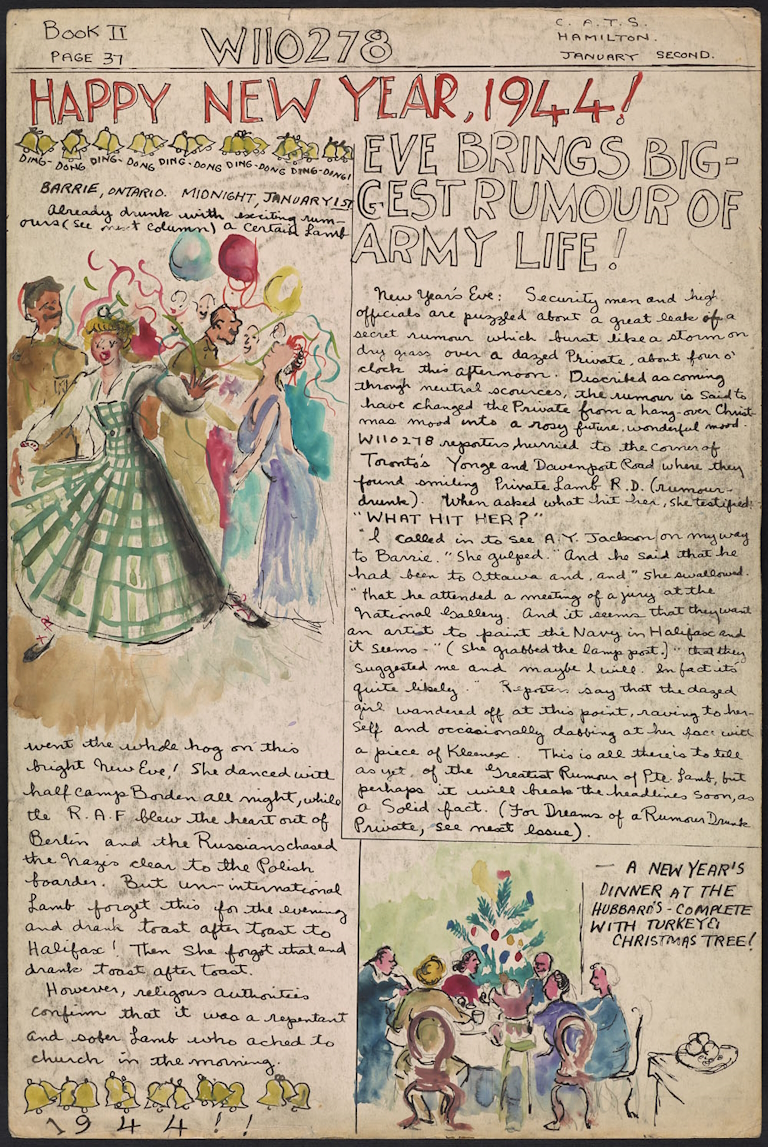
Today, many in Canada celebrate the new year with fireworks, champagne and a kiss at midnight. If large gala events, or even small house parties, aren’t your thing, current trends also include deep cleaning your home before January 1 to remove bad luck.
Countries around the world carry their own traditions, including the following:
- In Spain and other Spanish-speaking countries, people quickly eat a dozen grapes before midnight, which symbolizes their hopes for the year ahead.
- In Italy and the Southern United States, many eat legumes that resemble coins, such as lentils and black-eyed peas, for future financial success.
- In Cuba, Austria, Hungary, Portugal and other countries, pigs represent progress and prosperity and are often eaten on New Year’s Eve.
- In Netherlands, Mexico and Greece, ring-shaped cakes and pastries are commonly found on the dinner table to symbolize that the year has come full circle.
- In Sweden and Norway, some serve rice pudding with a hidden almond inside and whoever finds it receives a year of good fortune.
We hope you will help us continue to share fascinating stories about Canada’s past.
We highlight our nation’s diverse past by telling stories that illuminate the people, places, and events that unite us as Canadians, and by making those stories accessible to everyone through our free online content.
Canada’s History is a registered charity that depends on contributions from readers like you to share inspiring and informative stories with students and citizens of all ages — award-winning stories written by Canada’s top historians, authors, journalists, and history enthusiasts.
Any amount helps, or better yet, start a monthly donation today. Your support makes all the difference. Thank you!
Themes associated with this article
Advertisement

